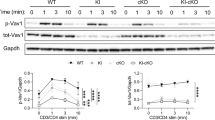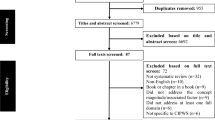Abstract
Immune alterations in schizophrenia have been described for decades. However, modern immunological methods and new insights into the highly developed and functionally differentiated immune system allows an integrative view of both, the older and also recent findings of immunological abnormalities in schizophrenia. Both, the unspecific and the specific arm of the immune system seem to be involved in the dysfunction of the immune system in schizophrenia. The unspecific “innate” immune system shows signs of an overactivation in unmedicated schizophrenic patients, as increased monocytes and γδ-cells point to. Increased levels of Interleukin-6 (IL-6) and the activation of the IL-6 system in schizophrenia might also be the result of the activation of monocytes/macrophages. On the contrary, several parameters of the specific cellular immune system are blunted, e.g. the decreased T-helper-1 (TH-1) related immune parameters in schizophrenic patients both, in vitro and in vivo. It seems that a TH-1-TH-2 imbalance with a shift to the TH-2 system is associated with schizophrenia. During antipsychotic therapy with neuroleptics, the specific TH-1 related immune answer becomes activated, but also the B-cell system and the antibody production increases.
Similar content being viewed by others
Author information
Authors and Affiliations
Rights and permissions
About this article
Cite this article
Müller, N., Riedel, M., Ackenheil, M. et al. The role of immune function in schizophrenia: an overview. European Archives of Psychiatry and Clinical Neurosciences 249 (Suppl 4), S62–S68 (1999). https://doi.org/10.1007/PL00014187
Issue Date:
DOI: https://doi.org/10.1007/PL00014187




